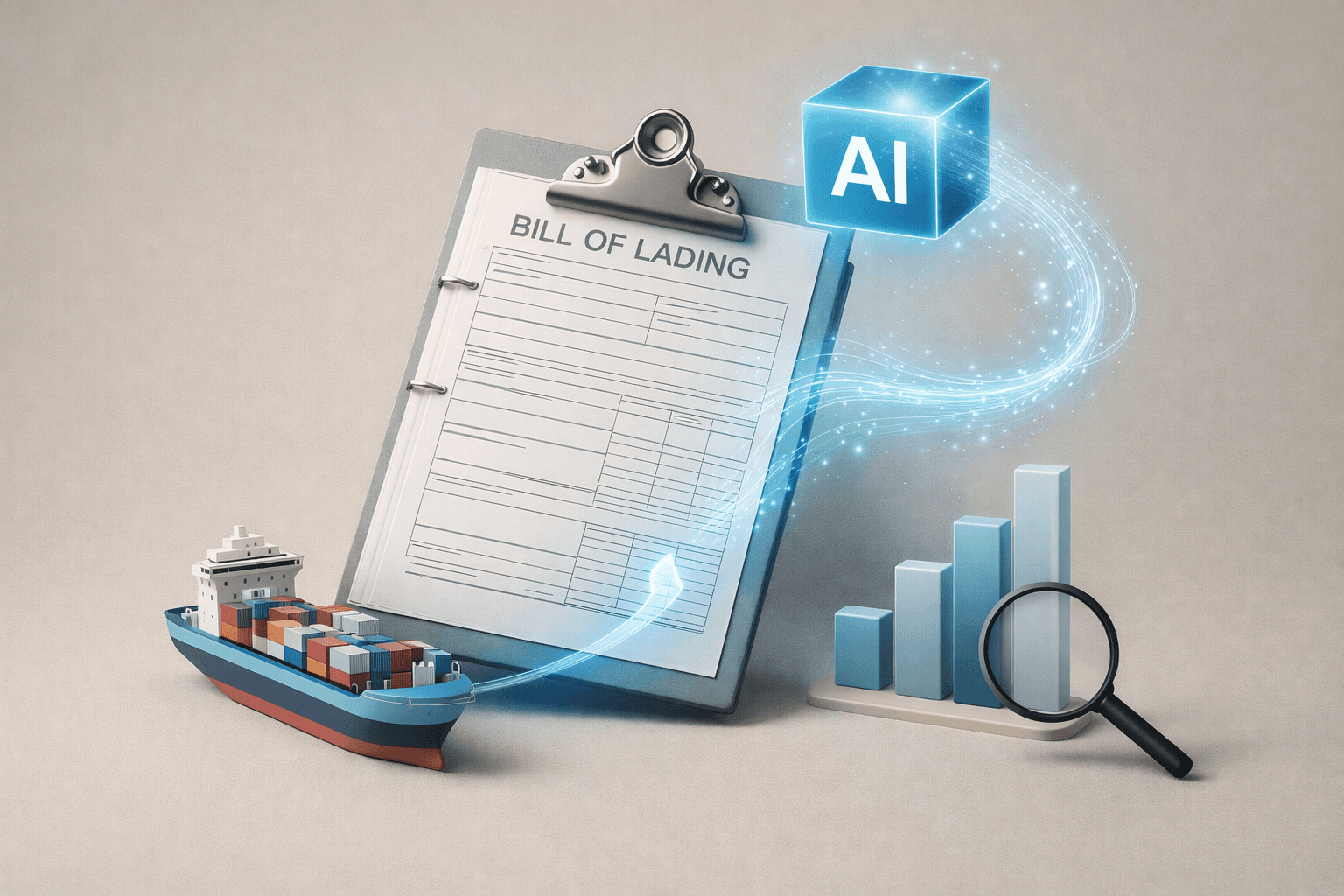Insight
AI Document Search: A Comprehensive Guide to Building Secure, RAG-Powered Retrieval Systems
Sep 9, 2025
In today's information-heavy landscape, AI document search is no longer a luxury—it’s a critical component of knowledge-intensive work. Whether you're enabling legal teams to navigate thousands of pages of contracts, empowering researchers to find specific findings across massive archives, or building infrastructure that balances privacy and scale, the modern enterprise demands retrieval systems that are fast, trustworthy, and secure. This guide takes a deep dive into the architecture, tools, and implementation strategies behind Retrieval-Augmented Generation (RAG)-based document search systems, with a focus on security, traceability, and operational scalability.
Why AI Document Search Matters
From keyword matching to context-aware answers
Traditional document search relied heavily on keyword matching, which often returned irrelevant or overly broad results. With the advent of large language models (LLMs), the paradigm has shifted toward context-aware AI search that understands the semantics of both queries and source documents. This shift enables more precise, concise, and explainable results—especially important in high-stakes environments.
Challenges with scale, hallucinations, and data governance
As organizations scale their data repositories, the complexity of maintaining relevance and accuracy grows. Hallucinations—AI-generated content not grounded in the source—pose real risks in compliance-driven sectors. Additionally, organizations must ensure data privacy, control access, and maintain logs for regulatory compliance.
Why RAG is the industry standard for trusted retrieval
Retrieval-Augmented Generation (RAG) solves many of these challenges by retrieving relevant chunks of information before generating an answer. This hybrid approach significantly improves factual grounding and reduces hallucination, making it the gold standard for enterprise-grade AI document search systems.
Key Components of a RAG-Powered Document Search System
Embedding and chunking large documents
Document embeddings transform text into dense vectors that capture semantic meaning. To make retrieval more effective, long documents must be broken into meaningful chunks. Best practices include overlapping chunks, maintaining section headers, and encoding metadata alongside content.
Vector indexing with FAISS, Chroma, Meilisearch
Once documents are embedded, vector databases such as FAISS (Facebook AI Similarity Search), Chroma, and Meilisearch enable fast, scalable similarity search. Each offers different trade-offs in indexing speed, recall accuracy, and hardware requirements.
Retrieval pipelines with Haystack, SWIRL, Graph RAG, LLM-Ware
Frameworks like Haystack and Graph RAG help orchestrate end-to-end retrieval pipelines, from ingestion and preprocessing to LLM-based answering. These tools provide flexibility for integrating custom modules, fine-tuning performance, and optimizing latency.
Accuracy, Traceability, and Security in Enterprise Environments
Mitigating hallucinations with source-grounded responses
One of the primary values of RAG is that each response can be linked back to a specific document chunk. This source-grounding is essential for legal, academic, and financial use cases where accuracy and verifiability are non-negotiable.
Implementing audit logging, version control, and metadata tagging
To maintain traceability and compliance, enterprise systems should include detailed logging of user actions, document versions, and access history. Metadata tagging supports filtering, role-based permissions, and automated policy enforcement.
Deploying in on-premises or hybrid cloud environments
Many compliance-heavy sectors require that AI systems run in isolated, secure environments. A well-designed RAG system can be deployed locally, in air-gapped networks, or via hybrid architectures that balance privacy with performance.
Open-Source Tools & Frameworks for RAG Systems
Search engines: Apache Lucene, Elasticsearch, OpenSearch
These mature full-text search engines offer foundational infrastructure for keyword-based retrieval and metadata querying. They are often integrated with vector databases to support hybrid search strategies.
Vector databases: Chroma, Qdrant, Weaviate, Pinecone
These tools store and retrieve document embeddings efficiently. Some, like Weaviate, include built-in vector transformers and schema-aware search capabilities, while others prioritize lightweight deployment or scale.
Orchestration libraries: LangChain, RAGFlow, Haystack
These libraries simplify the process of connecting LLMs to vector stores, crafting prompt templates, handling fallback logic, and managing API calls. They are crucial for teams aiming to build production-grade, modular systems.
Wissly's Approach to Secure AI Document Search
Local-first, on-device search for compliance-critical sectors
Wissly is designed with a "local-first" philosophy, enabling organizations to run AI-powered document search on internal infrastructure. This design supports zero cloud dependency and complies with strict data governance policies.
Real-time highlighting, source citations, and user auditing
When answering queries, Wissly highlights relevant document segments, includes source references, and logs each interaction. This ensures transparency and enables compliance teams to verify AI-assisted outputs quickly.
Support for PDF, DOCX, HWP, and long-context processing
Wissly supports diverse document formats common in enterprise environments—including Hangul (HWP) files—and processes lengthy documents with intelligent chunking strategies to retain context and improve retrieval precision.
Use Case Examples
Legal teams retrieving clauses across thousands of contracts
With RAG-powered AI, legal departments can search across historical agreements, locate specific clauses, and compare language variations—all without manually opening individual files.
Researchers surfacing relevant papers from institutional archives
Academic teams benefit from semantic search that surfaces relevant studies, citations, and research findings across large repositories, even when exact keywords differ.
VC analysts comparing startup reports and investor decks
Analysts conducting due diligence can search investor presentations, whitepapers, and technical briefs using AI to highlight key risks, differentiators, and inconsistencies.
Best Practices for Implementation
Chunking and metadata fusion for better retrieval precision
Breaking documents into semantically coherent chunks and enriching them with metadata enhances retrieval accuracy. Tagging content by topic, source, and sensitivity level supports fine-grained search filtering.
Learning-to-Rank (LTR) and hybrid keyword+vector strategies
Combining traditional keyword ranking with vector similarity improves both precision and recall. LTR algorithms can further refine results based on user interactions or expert feedback.
User role management and access control in sensitive workflows
AI search tools must respect organizational hierarchies. Implementing strict role-based access control (RBAC) and usage policies ensures sensitive data is only accessible to authorized users.
Conclusion: RAG is the Foundation of Reliable AI Document Search
Secure, explainable, high-precision retrieval is achievable today
The combination of LLMs and retrieval systems has matured into a viable enterprise solution. With RAG at its core, organizations can deploy AI search tools that are accurate, secure, and auditable.
Wissly helps teams deploy enterprise-grade AI search with confidence
Whether you're managing contracts, analyzing research, or securing critical infrastructure, Wissly enables your team to implement a secure, scalable, and high-performance AI document search solution—rooted in the best of open-source and private deployment principles.
Recommended Content










